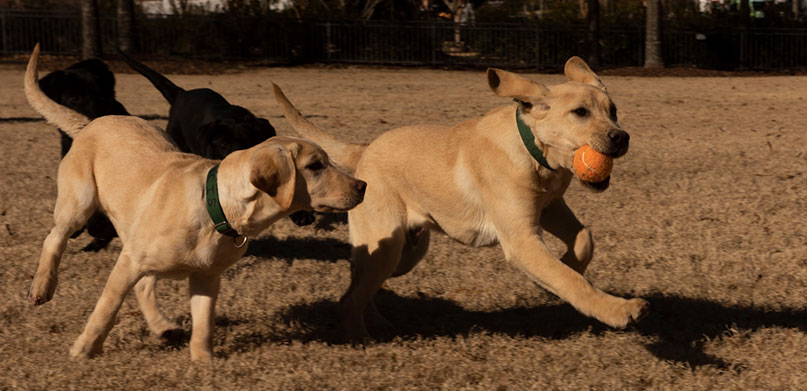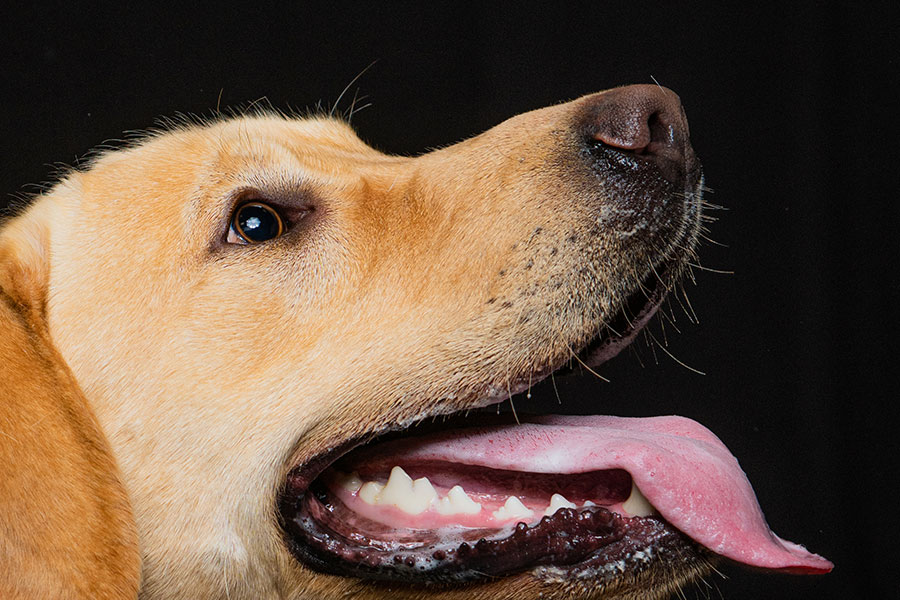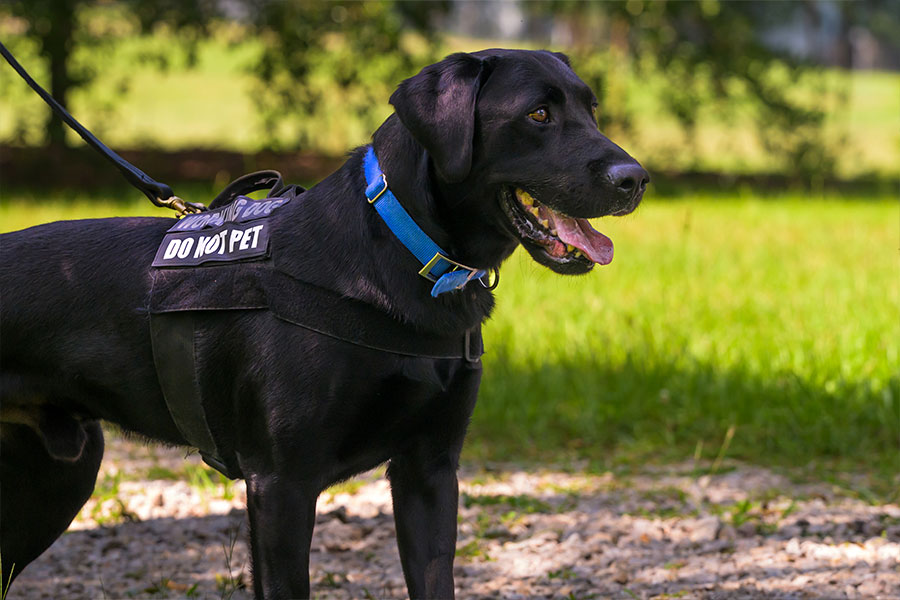

Every minute of every day, our nation’s 360 ports, 7,479 miles of border, and 5,211 airports are strained by ever-growing demand. With the heightened demand for consumption of foreign goods and the recovery from a global pandemic, our ports are more congested and packed with products than ever before, increasing 13% in the last year alone. And in 2023, there was a 430% increase in fentanyl moving into the country. To this day, man’s best friend is still the most capable prevention and detection system available, and there’s a science to how they are effectively being selected, trained, and deployed.


Canines possess up to 300 million olfactory receptors in their nose, and our Canine Performance Sciences program studies their collective function to develop better training methodologies.

As the first group in the world to use a non-harmful fMRI on awake dogs, we gain new insights into how their brains process odorant information.

Analyzing this data throughout the training process helps us identify indicators of success early on, to maximize resources and ensure that Auburn dogs continue to be one of the world’s best mobile detection systems.

Over the next three years, Auburn’s Detection Canine Science, Innovation, Technology and Education program (DCSITE) will serve the Department of Homeland Security as the primary resource for expertise in all areas of detection canine sciences.

Our methodology behind breeding and training will ensure that our nation’s ports, borders, and airports will be securely monitored by some of the most advanced detection canines in the world.




